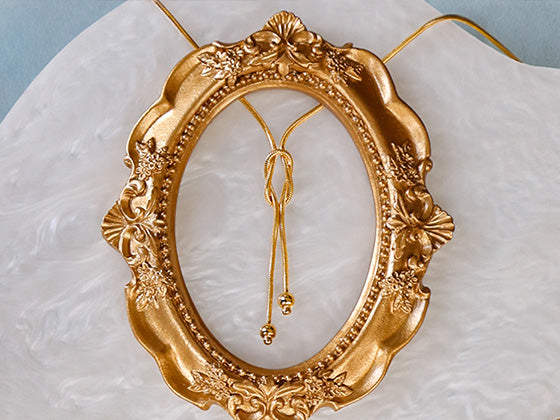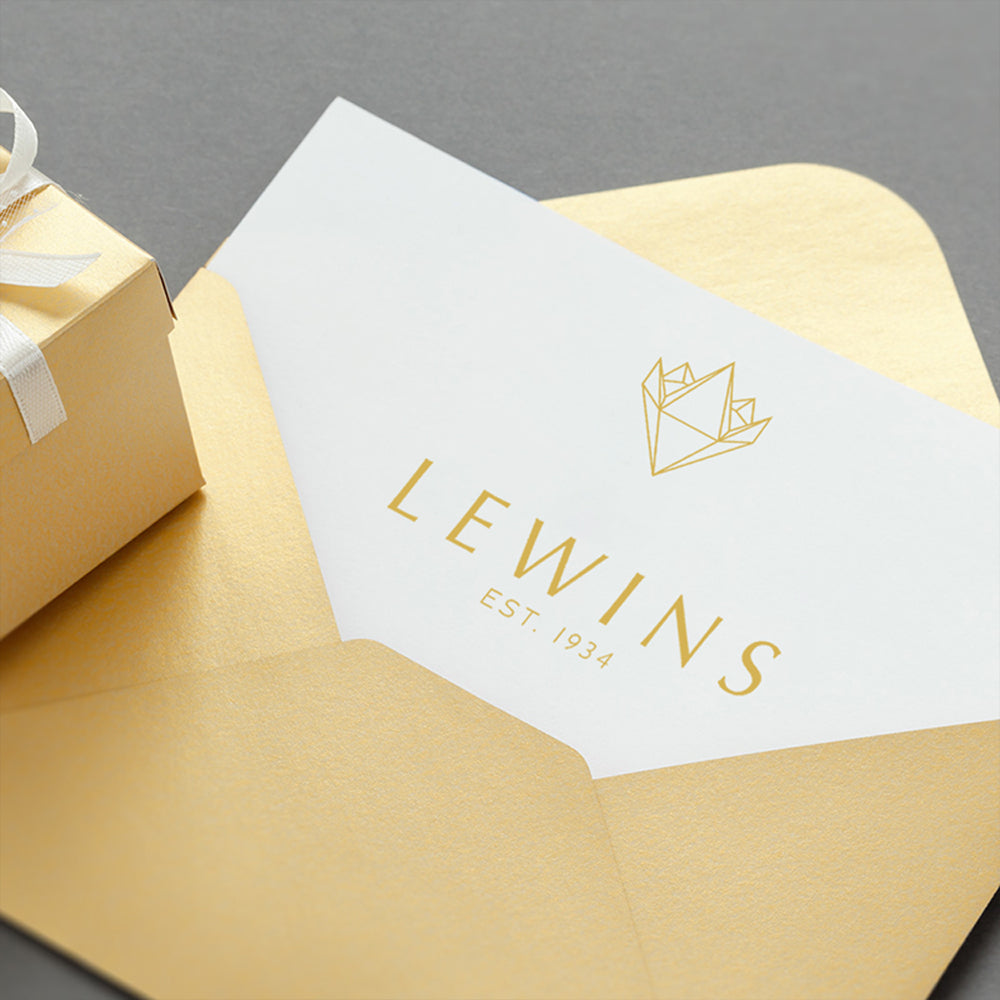Good things come in three's, this gorgeous three-stone ring has been crafted in 18ct White Gold, set with fine diamonds and an exquisite 1.54cts trilliant cut tanzanite.
Material: 18ct White Gold
Brand: Tivon
Collection: Three's A Charm
Style: Halo
Primary Stones: Tanzanite, 1 Trilliant Cut, apx total weight 1.54cts
Secondary Stones: Diamonds, 2 Round Brilliant Cuts, apx total weight 0.10cts
Birthstone: Tanzanite - December, Diamond - April
Anniversary: Tanzanite - 24th, Diamond - 10th, 60th
Ring Size: N
Setting: Claw
Weight: 2.30 grams
Gem Lore:
Tanzanite - is named and derived from the locality of Tanzania (the Merelani Hills near Mount Kilimanjaro), where the gemstone is exclusively sourced. The gemstone possesses strong pleochroism, a phenomenon that when seen from different angles, displays (trichroism) three colours: Blue, Pink & Yellow, if unheated. This relies on Tanzanite being doubly refractive, whereby a ray of light passing through the gem, would split into two. When viewed through polarising filters, these rays of light absorb different parts of the visible light spectrum (white light), resulting in two different colours being seen at a time.
The coveted variety belongs to the family of Zoisite. Tanzanite radiates an intense saturation of blue to violet, which along with its geographical rarity and high clarity, fuels the demand and attention this gemstone so deservedly receives. Although, a fairly recent find in 1967, this gemstone has vastly impacted the gemological and jewellery world.
Diamond - derives from the Greek word ‘adamas’, which translates to ‘invincible’. Today, the meaning somewhat refers, to the gemstones excellent hardness (ranking 10 on Mohs' scale), hence diamonds are highly resistant to be scratched or abraded by another material, other than diamonds itself. Moreover, diamonds possess the magical phenomenon of fire, which relies on the facetted gemstones ability to disperse (split) light, into a rainbow of colours.
The ancient Egyptians thought diamonds symbolised life, and the Pharaohs were known to place the gemstone in the centre of an ankh cross. Whereas, the ancient Greeks believed diamonds to be the tears of the gods or broken splinters from fallen stars. Alternatively, in ancient Roman literature it is noted that Cupids arrows were ‘diamond tipped’, maybe one of the first references that associates the gemstone with love.
Ring Resizing Service - How To Request Your Size:
If the current ring size listed under the details section, does not match your requirements. Please complete the enquiry form: including the reference code of the ring, which is located above the price, along with the ring size you need.
We will assess the feasibility of your request and provide you with a quotation for the bespoke alteration. If you decide to proceed, we will email you a link to review and process your customised order.
*Please Note: our resizing service typically requires a timeframe of 10 to 14 working days to complete. Rings that have been resized, cannot be returned for an exchange or refund.
Can Any Ring Be Resized?
No, depending on the design and setting, some rings cannot be resized. Whilst other rings can be safely resized up or down, by one to four sizes.
Are There Limitations To Resizing Rings?
Yes, it is important to appreciate that rings are made to fit their current size. When a request is made to significantly reduce the current size, it can result in the band developing an oval shape. Equally, increasing the size beyond a certain point, can alter the curvature of the band. Such modifications can potentially compromise the stability of settings, that hold gemstones securely in place.
As a result, there are limitations on how much a ring can be resized without compromising its structural integrity. If a requested size change impedes the durability of the ring, alternative solutions such as incorporating a half shank or soldered beads, if appropriate can be suggested.
Remember there is only about a 1mm difference between each whole ring size. For more information on what to consider when finding your size, read our blog: "The Factors Affecting Ring Size”.
Jewellery Care Precautions:
Avoid direct contact with: perfume, lotions, skincare, hairspray / other chemicals. Remove, your jewellery: when showering, swimming (as both chlorine and saltwater will react with metals), washing your hands / using hand sanitisers, before going to bed or when participating in physical activities (going to the gym, exercising, gardening, housework etc….).
Beware, metals may tarnish over time due to oxygen contact and natural body oils. Prevent items from being exposed to moisture and direct sunlight, for long periods. Store jewellery in a dry place away from humidity, in a pouch/jewellery box and keep each piece separated from each other. Care, for your jewellery by cleaning with a soft dry cloth.
White Gold:
White gold is not an element and does not occur naturally in a pure form. Pure yellow gold is mixed with alloys of white metals (such as palladium) to produce, a silver coloured alloy, known as white gold. It is further coated in a precious metal called rhodium (an element that derives from the same metal family as platinum), to increase its lustrous sheen and protect it from tarnishing and scratching.
Over time with exposure to oxygen and moisture, the rhodium coating will naturally wear and you will begin to see the natural yellow colour of gold. Rings will experience this more than other types of jewellery. The general guide for re-applying rhodium coating to your rings is between 1-2 years. However, the rate of wear depends on the pH level of your skin, exposure and contact to chemicals. For professional cleaning and rhodium coating, our workshop will provide the TLC your jewellery needs.
Tanzanite, Zoisite:
Hardness: 6.5, Brittle | Toughness: Fair to Poor | Stability: Good
Extreme Caution, Avoid: Sudden Impact (pressure, knocks), Extreme Temperature Change (thermal shock), Jewellery Cleaners (ultrasonic, steam cleaners).
Gemmological Observation: Tanzanite has a low durability, which means that extra care has to be taken when worn. Avoid wearing Tanzanite-set jewellery during activities or any rough handling, such as: gardening, housework or any activity which damage could occur. If set into a ring, it would be better suited for a dress ring, rather than a ring that is worn everyday - such as an engagement ring. As this stone has a low hardness it is more susceptible to scratches and abrasions with other harder materials. It is also very brittle, which means that cleaning equipment such as ultrasonics or steam cleaners have to be avoided, as these will cause the stone to fracture.
Diamond:
Hardness: 10 | Toughness: Good | Stability: Excellent
Low Caution: A very durable gemstone, generally it is safe to use in; Jewellery Cleaners (Dips, Ultrasonic, Steam Cleaners).
Gemmological Observation: Diamonds have excellent hardness, this means only a diamond can scratch/abrade another diamond. To avoid scratches, store your diamond set jewellery separately. Diamonds only have good toughness, as they possess perfect cleavage. This means that if knocked in the wrong direction, the diamond can cleave/fracture. Whilst wearing, you will need to avoid: Sudden Impact (sharp knocks). If the diamond is heavily fractured, you will need to avoid using: Jewellery Cleaners (ultrasonic, steam cleaners).















 Contact Us
Contact Us







